Signs of ADHD in kids
Are you concerned that your child could be dealing with an undiagnosed case of attention deficit hyperactivity disorder (ADHD)? You’re certainly not alone. More than 6 million children in America have been diagnosed with ADHD; according to one study, 9.4% of children ages 2–17 have received the diagnosis at some point in their lives. ADHD is a commonly diagnosed neurodevelopmental disorder, but that can sometimes come as little relief to parents dealing with ADHD symptoms in kids.
The good news is that your child can thrive with ADHD, succeeding at school and in interpersonal relationships.
Parents tend to have many questions about ADHD in kids: How is it diagnosed? How is it treated? What about ADHD medication for children? We all want to help our children achieve their full potential. The more knowledgeable you are about how to spot and treat ADHD in your child, the better chance they have of leading happy and productive lives. We’ll talk about the symptoms and possible treatment options to get you started.
ADHD symptoms in kids
What’s difficult about diagnosing someone with ADHD is that there’s no set test to determine if your child has the disorder. Doctors use a multi-step process to decide whether or not someone is dealing with ADHD. That being said, there are common signs of ADHD in kids. It bears saying that if you suspect your child has ADHD, you should speak with a medical professional.
The Centers for Disease Control and Prevention (CDC) reports that health professionals look to see if your child has a history of inattention and/or hyperactivity and impulsivity when they diagnose ADHD.
Inattention
Does your child have a hard time listening at school? When you ask them to do their homework, is it really challenging for your child to complete their assigned tasks? Nobody likes homework, but if your child seems to be distracted by just about anything, they might be showing signs of ADHD. Along these same lines, other symptoms of ADHD in kids include lack of organizational skills, inability to listen and forgetfulness.
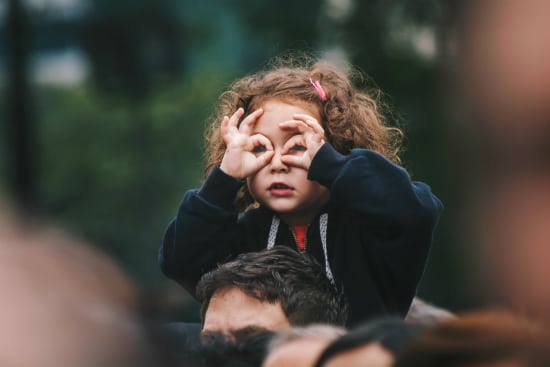
Hyperactivity and impulsivity
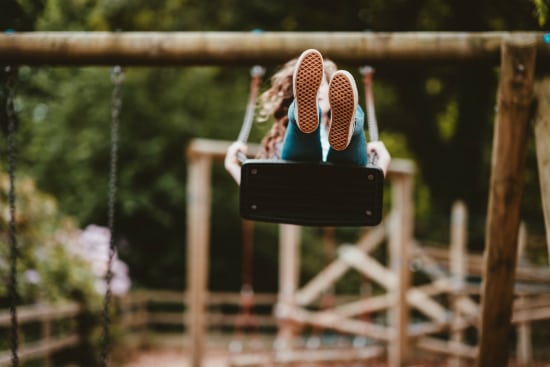
It’s normal for small children to have lots of energy, but if you notice that your child has unusually high energy for months at a time, they might be dealing with ADHD. Some signs of hyperactive kids include excessive fidgeting or an inability to sit still and speaking for long stretches of time without stopping. Signs of impulsivity include things like finding it difficult to wait quietly or take turns.
It’s important to look at whether or not these symptoms are present in every part of your child’s life. Are they fidgeting and having trouble paying attention only while at school? Or are they exhibiting this same restless energy at school, on playdates and even at home when they should be relaxed with family? This can help you determine if they’re having an issue in one setting, like school, or are dealing with a neurodevelopmental disorder that affects every area of their life, such as ADHD.
How to treat children with ADHD
Of course, you want to help your child as much as possible. You want to help them succeed in life and find happiness, and you always want to do what is best for them, especially when it comes to medical treatment. Different children respond to different types of treatment, so you should speak with a medical professional to determine what course of action is right for your child. If you suspect one method isn’t working after trying it for a while, don’t be afraid to explore another approach. Here are a few ways to safely treat ADHD in kids.
Behavioral therapy
Behavioral therapy is typically the first thing a professional will recommend you try with your kid, especially for children under the age of 6. During therapy, parents learn new skills and strategies to help them implement structure in their child’s life. They reward the child when he or she displays positive behavior. If negative behavior persists, they provide fair and consistent discipline. Behavioral therapy for ADHD in kids usually consists of things like establishing more structure around the house or giving your child more responsibility over certain tasks (like getting themselves dressed for school each day). If your kid is able to get dressed in a timely manner without getting distracted, you praise them. If they continue to get sidetracked and hang out in their PJs, you use age-appropriate disciplinary strategies. This type of behavior modification can have lasting benefits for the child, such as teaching impulse control, organizational skills and time management.
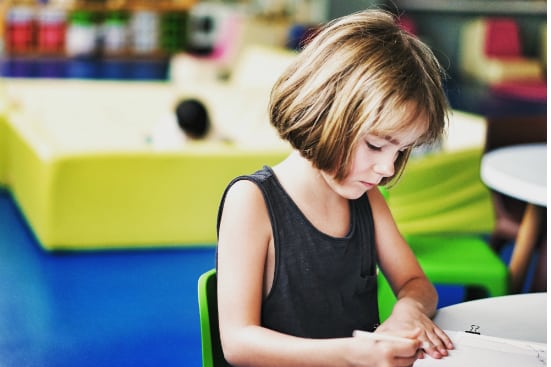
Neurofeedback
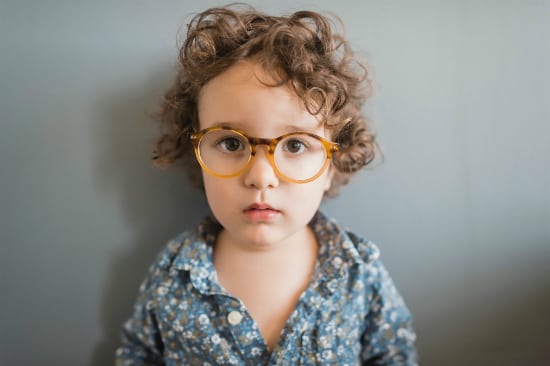
Collecting neurofeedback on your child can help them learn how to concentrate more fully, and is especially useful for hyperactive kids. A health professional places electroencephalograph (EEG) sensors on the outside of your child’s head, and the machine connected to the EEG sensors monitors the brain for activity. Your child will be prompted to complete an activity, often in the form of a game, in which their brain activity serves as controls. For example, if the activity were to navigate a car through obstacles, the EEG sensors would pick up your child’s brain waves, causing movement on the screen, such as the car moving down a road or over a bridge. The results can help to show your kid what true concentration feels like, and can help your medical professional notice any patterns in your child’s attention span.
Dietary supplements
Your mood and overall mental health is greatly affected by your diet, and the same is true for your kids! The first step is examining what your child is currently eating; you want to reduce processed foods and too many sugary items. Opt instead for protein-rich foods, which can help the brain to create neurotransmitters, or helpful chemicals that increase the brain cells’ ability to properly communicate and function. If you have a picky eater on your hands, try to stick to real foods when possible, but you can also try supplements such as magnesium and iron, which can help to rein in some of the symptoms of ADHD in kids.

Medication
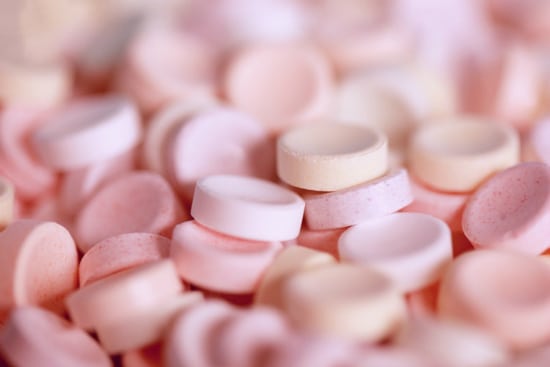
This can be a difficult area for parents to grapple with. It is certainly worth trying other methods, but sometimes, ADHD medication for children is necessary. Speak with a doctor about starting your child on a low dosage of an ADHD medication if you find that other treatments aren’t working. There’s no blanket medication or dosage routine, meaning you’ll need to make sure your child’s medication is tailored to suit their needs. The process can involve a few rounds of trial and error, which is why you start with a low dose, but in the end, if the medication works, it is all worth it. Your child will have an easier time focusing and listening, setting them up for success in school and at home.
Helping your child to overcome ADHD and thrive can be challenging. As Tony says, “Stay committed to your decisions, but stay flexible in your approach.” Diagnosing and treating ADHD can sometimes feel confusing, but if you stay open-minded to different ideas, have patience and stay flexible, you can do it. Make sure you consult a medical professional after noticing symptoms of ADHD, and try to use natural treatments like behavioral therapy and dietary changes when possible before opting for a more severe treatment such as medication. Seeking help for your child is the best thing you can do to put their life, and yours, in a beautiful state.
Important note
The information and other content provided in this article, or in any linked materials, are not intended and should not be construed as medical advice, nor is the information a substitute for professional medical expertise or treatment. See full disclaimer.
Ready to change your state?
Discover how you can push through setbacks and achieve your goals by adopting empowering beliefs with the help of Tony Robbins’ digital Limiting Beliefs guide.